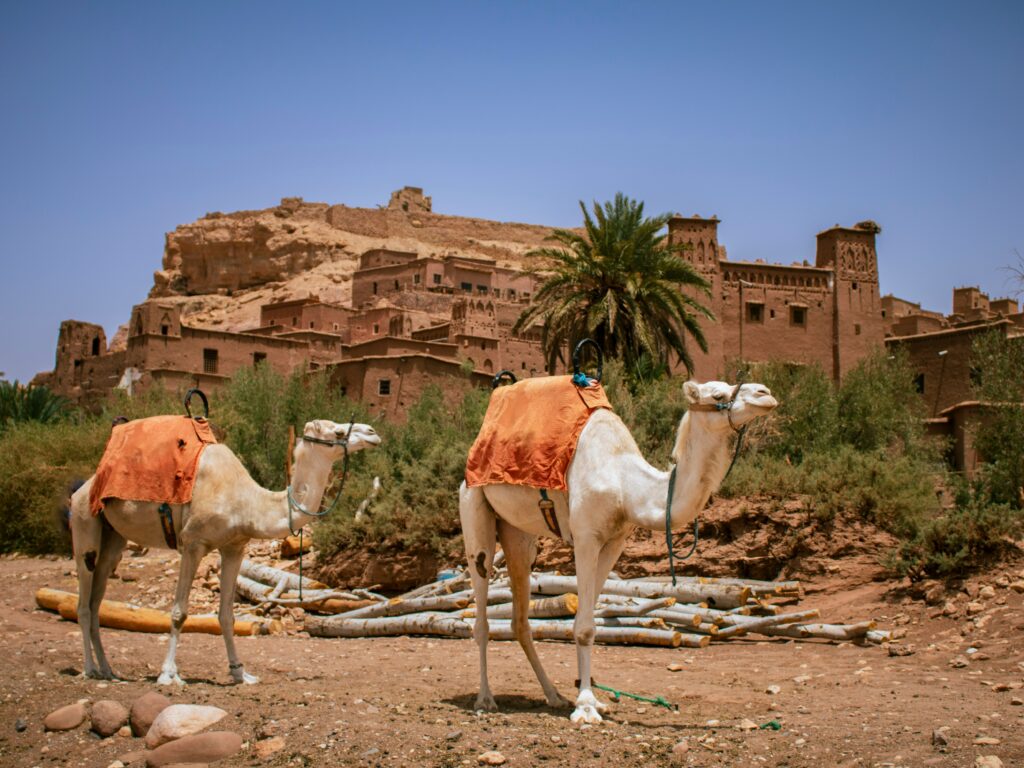In this article, I will begin by outlining the political history of the area before diving into how Sudan’s physical location, as well as its geographical features, contribute to conflict and political instability in the region.
Sudan’s colonial past laid the groundwork for today’s instability. Under Ottoman-Egyptian, Mahdist, and later Anglo-Egyptian rule, colonial powers deepened the divide between the Arab-Muslim North and the diverse Tribal African, Christian and Animist South. After independence in 1956, power remained centralized in the North, leading to exploitation and marginalisation of the South, which ultimately ignited two brutal civil wars.
The 2005 peace agreement paved the way for South Sudan’s independence in 2011. However, both countries soon spiralled into internal conflicts: South Sudan in 2013, driven by political and ethnic power struggles, and Sudan in 2023, with a new civil war between the army and the Rapid Support Forces.
Firstly, Sudan’s ongoing political instability is deeply intertwined with its strategic geographical location. Nestled between North Africa and the Middle East, and forming part of the Horn of Africa, Sudan occupies a crucial position near the Red Sea and key global trade routes, such as the famous Suez Canal. This strategic importance has drawn a complex web of foreign interests and interventions, each with its own agenda, further entangling the country’s fragile political landscape.
For instance, Egypt has supported the Sudanese military in an effort to secure a friendly regime in Khartoum. Cairo’s involvement is largely driven by fears of Islamist groups gaining a foothold in the region, as it sees these as a direct threat to its own national security. Moreover, Saudi Arabia has also intervened and played a significant role in Sudanese affairs since the ousting of former President Omar al-Bashir in 2019. Riyadh provided the Transitional Military Council (a junta that took control after Bashir’s fall) with a $3 billion bailout, highlighting its intent to influence Sudan’s political trajectory and bolster its own power in the area. Furthermore, both Russia and Iran have been accused of supplying drones and military aid to various Sudanese factions, further exacerbating the conflict and causing more death and destruction. These foreign interventions, rooted in strategic self-interest, have not only intensified internal divisions but also complicated international peace efforts. As global powers compete for influence in Sudan, due to its location, it is the Sudanese people who continue to bear the brunt of the violence and humanitarian crises that result from this relentless power struggle.
Secondly, Sudan and South Sudan’s geographical features have deepened social divisions and fuelled inequality. The stark contrast between the arid, desert landscape of the north and the fertile, water-rich terrain of the south has contributed to long-standing tensions. Remote and inaccessible regions like Darfur in western Sudan suffer from the weak state presence there, as it leaves space for militias and tribal conflicts to thrive without intervention. In contrast, South Sudan’s access to the White Nile and fertile land has made it more agriculturally viable and strategically significant. Hence, it is the value of the land that originally led to the colonial exploitation of the South, which ultimately fostered resentment and fuelled conflicts.
Moreover, the distribution of oil contributes to the tension. After Independence South Sudan got 75% of the oil reserves, however the pipelines and other infrastructure needed to export it, run through Sudan, creating a tense economic interdependence. In Sudan, the decline of oil revenue after South Sudan’s independence devastated the economy and also contributed to societal unrest and the fall of al-Bashir. The oil reserve imbalance has therefore driven political friction and resentment, reinforcing the divide between the two nations.
Geography has also shaped ethnic and cultural fragmentation. Mountainous and marshy terrain hindered integration between different communities and strengthened local identities, thus creating a lack of societal unity. Conflicts can be seen as Northern nomadic herders, often Arabized, regularly clash with settled southern farmers over fertile land and water during seasonal migrations. Moreover, the British colonial policy of administratively separating the north and south further entrenched these divides, resulting in parallel societies with distinct languages, religions, and education systems. Together, these geographic and historical forces laid the groundwork for decades of identity-based conflict and social instability.
Lastly, the region’s resources have also significantly impacted its political situation. As previously noted, Sudan’s oil revenues declined after South Sudan gained independence, causing Sudan to lean heavily on gold mining to keep its economy afloat. Now one of Africa’s top gold producers, Sudan’s richest deposits lie in conflict zones like Darfur, South Kordofan, and Blue Nile. Hence, instead of stability, gold has intensified unrest. Much of the industry is controlled by militias, especially the powerful Rapid Support Forces (RSF), whose grip on mining has turned natural wealth into a weapon. Profits fund armed groups, deepen corruption, and undermine the state. The gold also attracts foreign interventions which can be seen by the UAE being cited as a major outside actor in Sudan’s civil conflict. There have been reports that the RSF is supplied with weapons by the UAE, while Emirati interests are served by Sudanese gold smuggled to Dubai via Al Gunade and other companies.
The 2023, civil war has seen the RSF and the Sudanese Armed Forces battle for control of both power and of the gold itself. The fight exposed a deeper crisis: both Sudan and South Sudan are trapped in a “resource curse,” where oil and minerals enrich elites and warlords while the broader population suffers. Therefore, rather than driving development, these resources continue to fuel division, violence, and hinder growth.
Therefore, despite their strategically powerful location and wealth of natural resources (which include oil, gold, and minerals) Sudan and South Sudan have been unable to harness this potential for prosperity. Instead of being regional powerhouses, both nations remain mired in conflict, shaped by a political history of colonialism which left behind a legacy of exploitation and division. However, these issues are rooted in geography as the reason foreign powers have previously intervened and also currently continue to do so is due to their attraction to the region’s strategic value and valuable resources.
Furthermore, it is the geography of the stark contrasts in landscape between the North and the South that has fuelled the conflicts. Sudan and South Sudan’s geographical features have reinforced deep social, ethnic, and cultural divides. These divides have resulted in a lack of cohesive national identity and furthered the internal strife.
External interference, combined with weak institutions and long-standing social tensions, has blocked meaningful progress from occurring and instead has frozen both nations in an unstable position. However, hope is not lost quite yet as their potential for eventual peace and prosperity still remains. It would require inclusive governance, fair resource management, and a genuine commitment to peace, but with these there is still hope for stability. The current humanitarian crises affecting millions unequivocally shows that a unified, peaceful future is not just possible, but necessary.
By Tamsin Hoar, student




